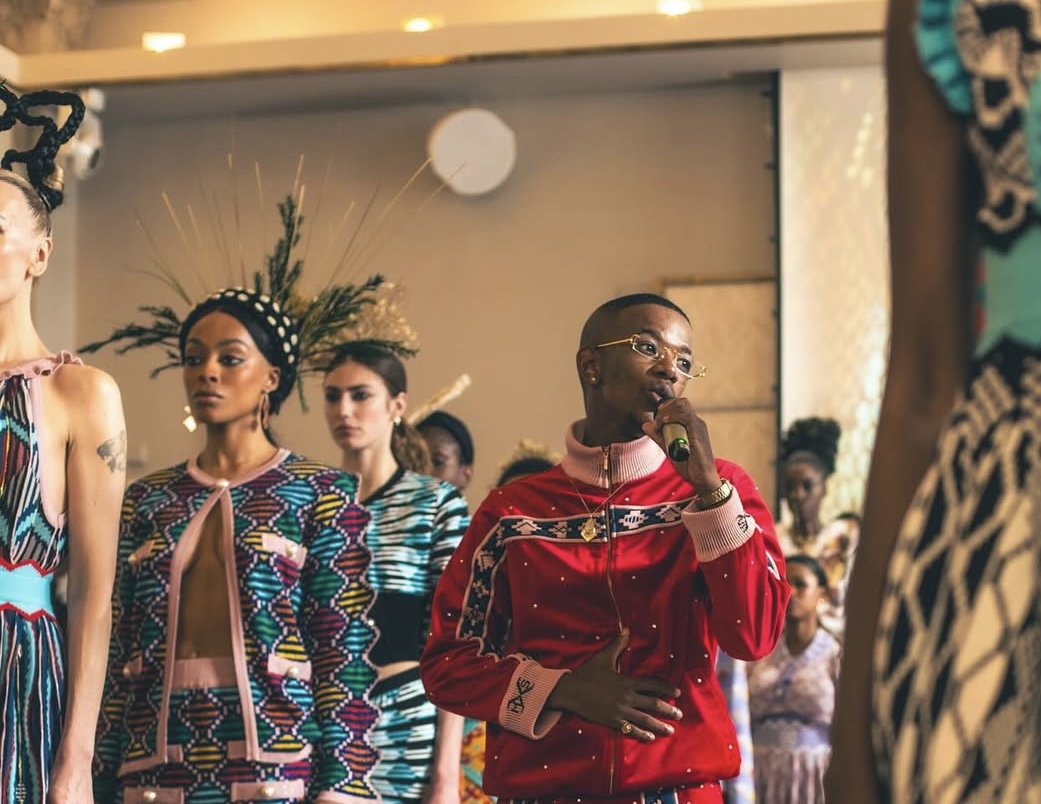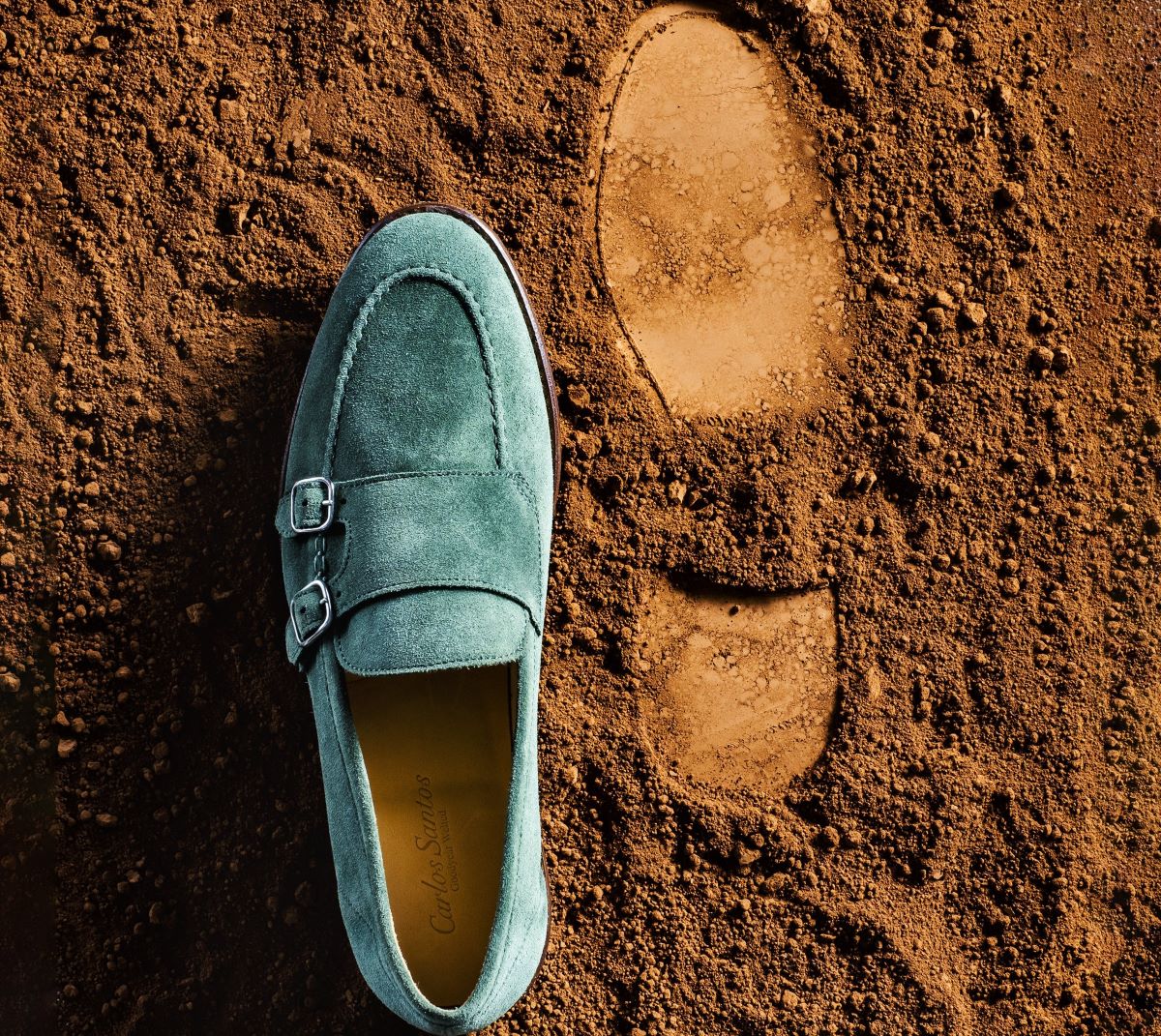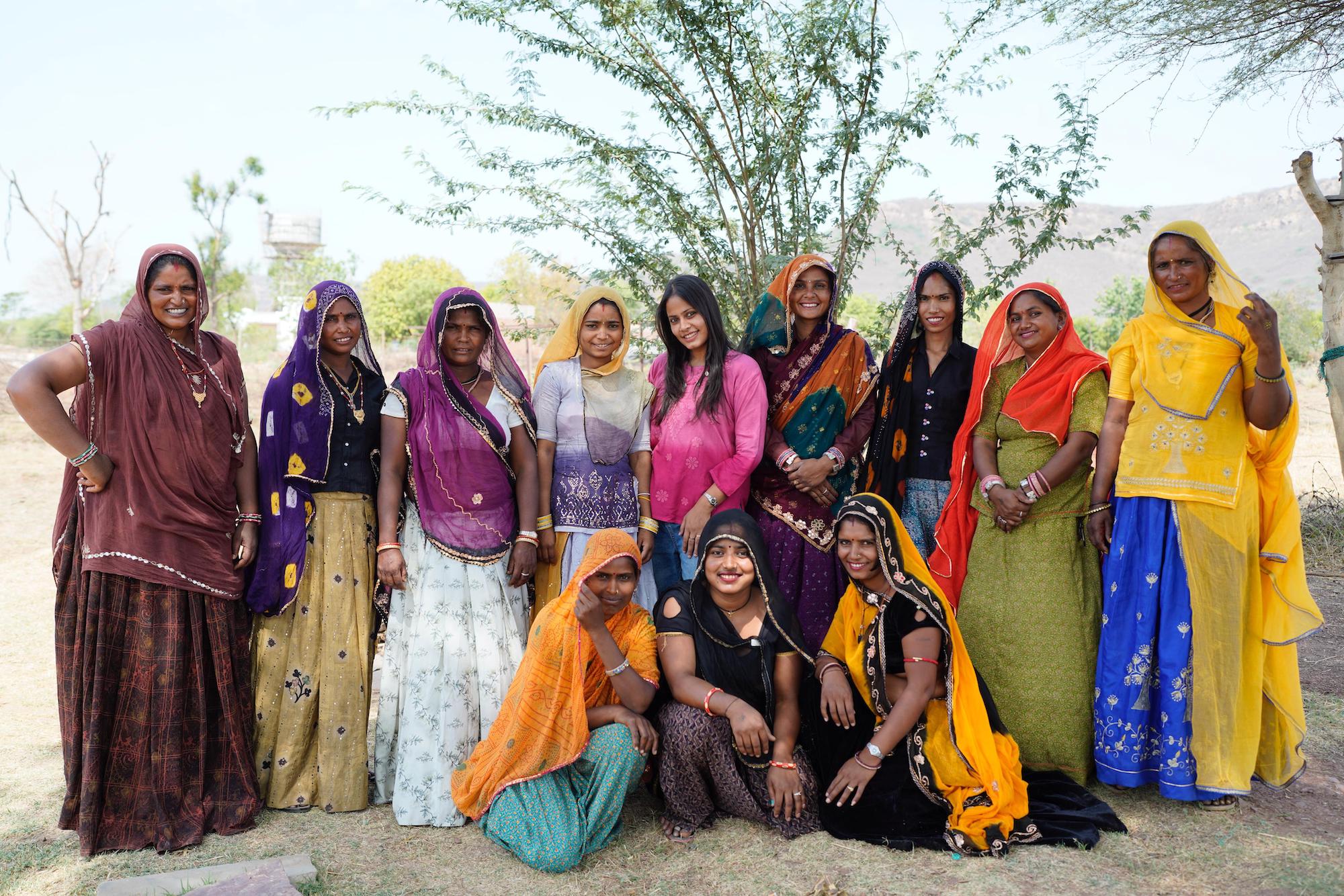The South African brand MaXhosa Africa presented its new collection on Saturday, October 4, during Paris Fashion Week, entitled Izipho Zabadala (“Gifts for the Ancestors”). Let’s take a closer look at a show filled with history.
Just steps from the Trocadéro, on Avenue de Camoëns, Saint-Louis-de-Gonzague High School hosted MaXhosa Africa’s runway show, part of the latest edition of Paris Fashion Week. The South African label unveiled its Spring-Summer 2026 collection, Izipho Zabadala—literally “Gifts for the Ancestors.” The venue, both majestic and discreet, created an intimate setting: only three rows of seats lined each wall, bringing the audience close and giving the event an almost ceremonial atmosphere.
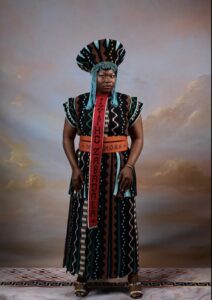
From the moment guests arrived, the mood was warm and friendly, with people enjoying drinks on the terrace before stepping into the packed hall. But once the show began, it became more than just a fashion show.
At the center stood Zawadi Yamungu, a South African singer and musician, barefoot and playing the handpan (a melodic steel percussion instrument), radiating a hypnotic presence. Born Nkosingiphile Mpanza in northern KwaZulu-Natal, her stage name means “Gift of God” in Swahili. With a powerful and authentic voice, she performed traditional African songs, accompanying the models who circled around her, turning the runway into a living ritual. Her grounded stance symbolized a deep connection to the earth and the ancestors, giving the show a sacred dimension.
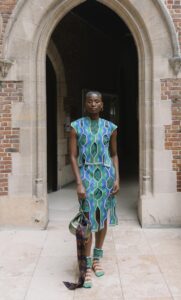
The fervor of color, the memory of thread
The collection, as explained by brand founder Laduma Ngxokolo in a video released before the show, is filled with meaning and heritage:
“The collection is essentially a retrospective of what we’ve created over the past 15 years. We chose to reimagine some of the most successful looks, the ones people were most drawn to. We present them as special gifts to our ancestors.”
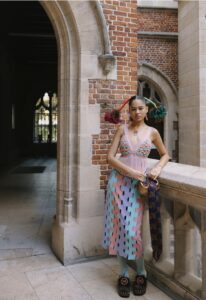
Each piece, colorful and vibrant, told a story. The garments featured geometric and symbolic patterns inspired by ancestral Xhosa techniques, with layered fabrics, fringes, and draping adding movement and depth. The cuts, tailored for spring-summer, often revealed arms and legs, alternating between short dresses, skirts, and a few jackets or vests. Bustiers, high or round collars, and varied necklines enriched the silhouettes, while jewelry harmonized with the clothing’s motifs.
Shoes and accessories added to the extravagance and poetry of the presentation: heeled sandals adorned with feathers, miniature crossbody bags, and ornately decorated trunks. Hairstyles were bold and sculptural—some women wearing diamond-shaped structures above their heads—while the diversity of the models reflected a modern openness: a majority of Black models, but with a notable presence of Asian and other ethnic backgrounds.
Between heaven and earth
The blend of performance, music, color, and texture made this show a full celebration of Xhosa culture, ancestral craftsmanship, and the transmission of memory. Each garment and every movement on the runway seemed to resonate with Zawadi’s songs—a living dialogue between generations.
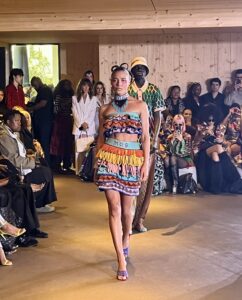
Photo : Stella Chaspoul Autuoro
On the back of the flyer handed out before the show, a message summarized the brand’s vision:
“MaXhosa Africa imagines its garments as offerings for the ancestors in the afterlife, created to honor, adorn, and reveal to them a fashion era they never knew. Each piece is both a tribute and a gesture of gratitude—a gift celebrating culture when it meets a world shaped by the divine hand. Here, we imagine angels dressed in MaXhosa.”
More than just a fashion collection, Izipho Zabadala is presented as an act of faith, a woven offering between heaven and earth, memory and modernity.
Photos : MaXhosa Africa
Words : Stella Chaspoul Autuoro
Visit MaXhosa Africa’s website
More about ancestral textile and fashion in our magazine

